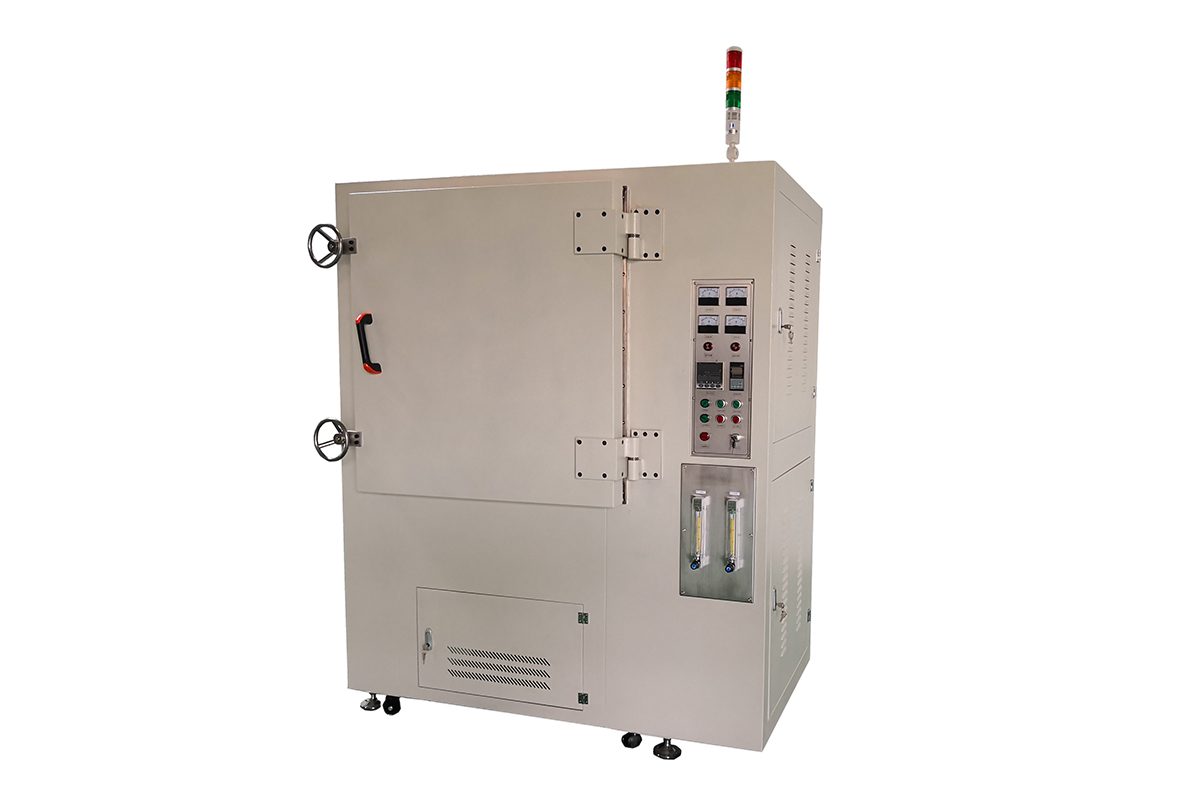In various industries such as manufacturing, automotive, aerospace, and electronics, high-temperature Ovens are indispensable tools used for specific heating, curing, drying, and baking processes. These Ovens are designed to operate at elevated temperatures, offering controlled environments that are essential for numerous industrial applications. In this article, we will explore what high-temperature ovens are, their features, types, and the wide range of applications they serve across different sectors.

What Is a High-Temperature Oven?
A high-temperature oven is a type of Industrial Oven specifically engineered to operate at temperatures much higher than those of standard ovens. These ovens are capable of reaching temperatures between 200°C to 1,500°C (392°F to 2,732°F), depending on the model and intended use. High-temperature ovens are often equipped with advanced temperature control systems that ensure uniform heat distribution throughout the chamber, providing precise thermal treatment for various materials.
The key components of high-temperature ovens include:
Heating Elements: Made from materials like ceramic, metal alloys, or molybdenum disilicide, which can withstand extreme heat.
Insulation: High-quality materials such as ceramic fiber and mineral wool are used to maintain consistent internal temperatures while preventing heat loss.
Temperature Control System: Often features digital controllers with advanced monitoring and calibration features.
Safety Features: Equipped with safety protocols such as over-temperature protection, emergency shut-offs, and ventilation systems to ensure safe operations.
Types of High-Temperature Ovens
There are various types of high-temperature ovens designed to meet specific operational requirements. Some common types include:
Box Ovens
Box ovens are rectangular-shaped ovens that provide a controlled environment for batch processing. They are commonly used in industries that require uniform heat treatment for parts or components, such as in the automotive or aerospace industries.
Batch Ovens
Similar to box ovens, batch ovens are designed to accommodate multiple parts at once. These ovens are typically used for large-volume processes like curing, drying, or heat treating. They are designed for processes that require a fixed time and temperature setting.
Tunnel Ovens
Tunnel ovens are conveyor-belt ovens that allow continuous processing. They are used for high-volume production lines in industries like food processing, electronics, and automotive, where items need to pass through the oven in a continuous flow.
Laboratory Ovens
Designed for smaller-scale or research purposes, laboratory ovens allow precise control over temperature and time. These ovens are typically used in academic and scientific environments for material testing, chemical processing, and product development.
Muffle Ovens
Muffle ovens are specifically designed to offer precise temperature control for processes like ash testing, calcination, and baking of ceramics. The heating elements are isolated from the chamber, providing a clean, contaminant-free environment.
Applications of High-Temperature Ovens
High-temperature ovens serve a broad range of applications across various industries. Below are some of the key uses:
1. Heat Treatment of Metals
In the metalworking industry, high-temperature ovens are used for annealing, tempering, and quenching of metal parts. These processes involve heating metals to a high temperature to alter their properties, such as increasing hardness or improving durability. High-temperature ovens provide the necessary heat control to ensure that the materials reach the desired temperature uniformly and remain there for the required duration.
2. Curing and Drying of Paints and Coatings
Curing is a process used to harden or dry paints, lacquers, and other coatings. High-temperature ovens are used to apply controlled heat to accelerate the curing process. Whether in automotive painting or electronics manufacturing, high-temperature ovens are critical for achieving a smooth, durable finish on products.
3. Ceramic Firing
Ceramics require high temperatures for firing to achieve the final product. Kilns and muffle ovens are typically used for the firing process, where ceramics are heated to specific temperatures to shape and harden the clay. High-temperature ovens are also essential for firing specialized materials like porcelain or refractory ceramics.
4. Polymer and Composite Curing
In industries like aerospace and automotive, composite materials and polymers require heat to cure or solidify. High-temperature ovens are used to cure materials such as carbon fiber or epoxy resins, improving their strength and performance. These materials often need to be subjected to specific thermal cycles, which are precisely controlled in a high-temperature oven.
5. Food Processing
While high-temperature ovens are more common in industrial and scientific applications, they are also used in food production for processes like baking, roasting, and drying. Foods such as meats, snacks, and baked goods require precise temperature management to achieve the right texture and flavor. High-temperature ovens help optimize these processes for better consistency and quality.
6. Research and Development
In the scientific community, high-temperature ovens are frequently used for material testing, chemical analysis, and experiments requiring extreme heat. Laboratory ovens are essential in creating conditions to study the effects of temperature on various materials and compounds.
7. Semiconductor and Electronics Manufacturing
In the electronics industry, high-temperature ovens are often used for soldering, baking, and annealing of semiconductor components. High temperatures are required to ensure the durability and functionality of delicate components, such as chips, resistors, and circuit boards.
Benefits of High-Temperature Ovens
High-temperature ovens offer numerous benefits to industries requiring precise and controlled heat processing:
Enhanced Precision and Control: The ability to set and monitor temperatures accurately ensures that products are consistently produced to the required specifications.
Increased Productivity: High-temperature ovens operate at faster speeds, reducing cycle times and increasing output.
Improved Quality: With uniform heating and the capability for multi-stage processing, high-temperature ovens help produce high-quality, defect-free products.
Energy Efficiency: Modern high-temperature ovens are designed to minimize energy consumption while maintaining optimal performance, helping to reduce operating costs.
Versatility: High-temperature ovens can accommodate various materials, making them adaptable for multiple industries and applications.
High-temperature ovens are essential in industries that require precise heating, curing, drying, or baking of materials. Whether for metal processing, ceramics, polymer curing, or food production, these ovens ensure efficient, consistent, and high-quality results. Their versatility and ability to handle extreme temperatures make them invaluable tools in modern manufacturing and scientific research.








